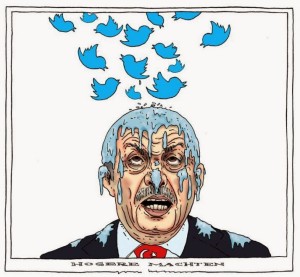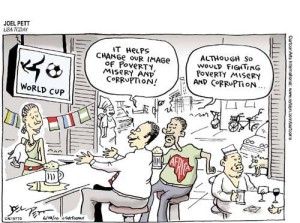“We’ll eradicate Twitter. I don’t care what the international community says. Everyone will witness the power of the Turkish Republic.” These were the words of Turkish PM Erdogan right before banning Twitter a in late March. A few days later, in an attempt to stop leaks of recordings that linked him in a huge money laundering scandal, he also blocked YouTube. His intentions were simple, there was an election coming up (last Sunday), and he wanted to block media channels to prevent more recordings being leaked, and to ensure his party will succeed once again in the elections.
Although both bans were eventually lifted by the ruling of Turkey’s Constitutional Court, the illegally blocked freedom brought question marks to minds. Could Erdogan ban Facebook, Google, and eventually the Internet all together if he thought they were a threat to his power? What would then happen to the economic market in which many foreign investors depend upon?
Until Gezi Park protests this past summer, Turkey had a growing economy and was considered one of the most stable growing markets. However, it all started to fall apart on June, and nowadays Turkey’s currency has lost a third of its value.
In the recent years, Turkey had seen a great development in entrepreneurial ecosystem, but this too has changed with the unstable market. Investors are slowly withdrawing their money, as they feel more and more anxious about the unstable Turkish government. Also, since most entrepreneurial efforts rely on Internet and freedom of expression, with social media bans and Internet blocking, investors feel like Turkey is not the promising future economy anymore. “Sevin Ekinci, a Turkish economist who regularly consults foreigners looking to invest in Turkey, said that if she was a foreign investor, she wouldn’t put her money into a company here.”
Although Erdogan’s government was very pro technology throughout his rule, with President Abdullah Gul courting Twitter and Microsoft on a visit to Silicon Valley in 2012, his current strategy of blocking technology to protect himself and to silence those who are against his power is scaring off investors, and thus threatening the Turkish economy.

